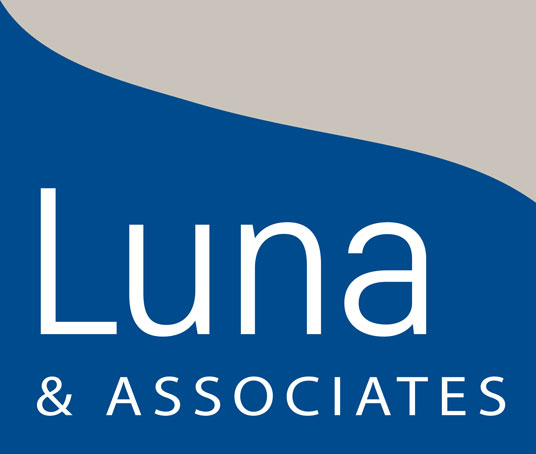The requirement for the use of air barriers in new construction has been initiated as an energy-saving measure to reduce the amount of air leakage through the building envelope. The utilization of an air barrier is intended to limit the movement of warm air migration into the building during the summer and obstruct cold air migration into the building during the winter.
The new IECC Section C402.4 Air Leakage (Mandatory) does not apply to buildings in Climate Zones 1 through 3 and offers three compliance options for buildings in Climate Zones 4 through 8.
- First Option – Material
This option provides a list of pre-qualified building materials that includes adhered singly-ply membranes, built-up roof membranes and modified bituminous roof membranes. Mechanically fastened single-ply membranes are not included in this list. - Second Option – Assembly
This option outlines a maximum air leakage of 0.04 cfm/ft2 at a pressure differential of 0.3 inches of water gauge when the roofing assembly is tested in accordance with ASTM E2357, ASTM E1677 or ASTM E283. (Note: None of these ASTM numbers relate to roofing.) - Third Option – Whole Building Test
This option requires that the completed building shall be tested for air leakage and shall not exceed 0.40 cfm/ft2 at pressure differential of 0.3 inches of water gauge in accordance with ASTM E779.
To avoid adding an air barrier beneath a mechanically fastened single-ply roof, many roofing manufacturers have opted to explore option two, by independent third-party verification, following ASTM E1278, which tests for air permeance across a range of pressures. The results for Carlisle’s EPDM, TPO and PVC roofing membranes, when used in a mechanically fastened system, are significantly lower than the requirement of 0.04 cfm/ft2 The 2012 IECC requirement is intended for new construction in which a continuous air seal can be achieved, it has not been clarified for use in reroof and recover applications but is scheduled for discussion and possible inclusion in the 2015 edition of IECC. Carlisle will publish further updates on this issue as new information becomes available. . Documentation is available upon request.
For additional information, please contact your local Carlisle rep.

